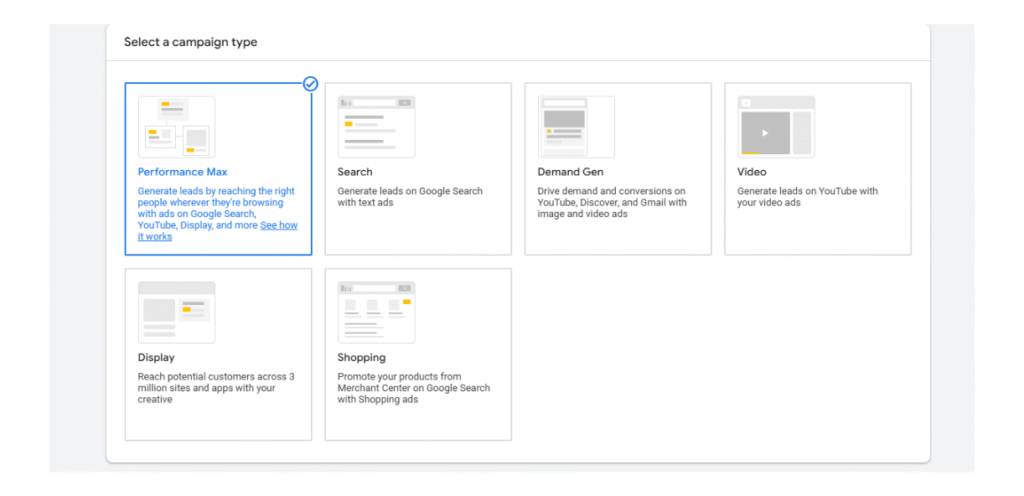
Emeka finally moves into his new apartment. Filled with excitement, he envisioned himself as the kitchen boss, smoothies in the early hours, pepper soup at midday, but there was a problem.
No blender.
He asked his friends to recommend a good one. “Get the one from Taiwan. It’s durable.” Eze suggested, “Ada, who had eyes for fancy items, gave her take. “Get this one made in China; it’s beautiful and has a long battery life.”
Still confused, Emeka brought out his phone, opened his Google Chrome browser, and searched: “best blender for smoothies in Nigeria.” And boom! The results came fast.
Some of the links he saw had the “Sponsored” tag above them. He wondered why the one with the sponsored tag came first, but he clicked on it.
He was directed to a smooth landing page with a clear photo of a woman crushing bananas. The reviews were glowing and compelling.
Ah! “This one seems like what I want,” he said, clicking the “Buy now” button.
The next morning, his first banana smoothie was ready. The juice, golden and chilled, trapped in the morning sunlight, went down his throat, and the thought hit him. “How did the blender company know exactly what I wanted?”
He grabbed his phone once more and entered the phrase “Why do some Google links say ‘sponsored’?” And that was how he discovered it. Google Ads. Businesses were paying to appear at the top of search results, where customers like him were looking.
They weren’t on the road shouting and looking for customers. They showed up at the exact time customers were searching for what they were selling.
Now, that is the power of Google Ads. It’s precision and not just promotion. It shows up when it matters.
The next time he starts selling his secret pepper mix, he is definitely using Google Ads for his business.
What is Google Ads
Google Ads is an online platform where advertisers pay to have their ads shown at the top of search results so that when someone types a keyword, their link can appear. The platform is owned by Google.
Benefits of Google Ads Every Business Owner Should Know
Google advertising offers numerous benefits for businesses, largely due to the platform’s extensive reach. As the largest online search engine, Google is often the first place people turn to when looking for information, products, or services. This makes it an invaluable tool for reaching potential customers.
Google’s advertising platform is highly dynamic and tailored to meet various business needs and goals. For example, if my business specializes in selling men’s sneakers, I can execute a search campaign, specifically targeting men who are searching for where to purchase sneakers.
These campaigns are highly effective, allowing Google to present my offer to my target audience precisely when they search for male sneakers on their phones.
I can also raise awareness for my brand by advertising to potential customers while they are on YouTube or browsing other websites. Additionally, Google Ads offers several advantages, including precise targeting, flexible budgeting options, and the ability to measure results effectively.
Types of Google Ads

Search Ads
This type of ad is text-based, and it is used to target customers who want to buy a product or service that a business is selling. The search ad is used to generate leads and also make sales.
Another thing that makes this type of ad unique is that it does not aim to interrupt customers, unlike display ads that can appear on the user’s screen even if they aren’t searching for a product or service.
This ad is precision-based because it appears only when the customer is searching for a specific solution, product, or service that a business offers.
Display Ads
Just as the name suggests, “display ads” consist mainly of visual content and are available in various formats, including images, videos, and animations. They are specifically designed to capture the attention of the target audience visually.
Display ads, or display campaigns, are a type of Google advertising that puts your business in the faces of millions of people, and this is done through websites, apps, and other properties owned by Google.
For example, your ad can be shown on YouTube videos and millions of websites across the world. This type of ad is perfect for increasing brand awareness and remarketing to an existing audience.
However, display ads have their drawbacks, as ads can be shown to people who have low interest in what a business offers.
Video Ads
Video ads are advertisements in video formats, and they appear mainly in YouTube videos and other video partner sites. They can appear before, during, and after videos on YouTube. They can also be seen in search results on YouTube.
Video ads help businesses reach a wide audience and are also used to drive actions like website visits, clicks, app downloads, and purchases.
Video ads are suitable for advertising video content and appeal to viewers mostly on video platforms like YouTube. They are also effective for remarketing and building awareness.
Performance Max
This campaign gives advertisers access to Google’s ad inventories, and that includes search, YouTube, Display, Gmail, Shop, etc.
Basically, Performance Max will show ads across Google’s multiple networks, using AI to automatically optimize placements, targeting, and bidding for the best possible results.
It is completely automated and uses machine learning to drive conversion in real-time.
In Performance Max, advertisers define the goal of their campaign, providing assets and information and letting Google’s AI do the heavy lifting. Essentially these include the location, language, and assets like the business name, logo, images, and videos.
If advertisers fail to provide enough assets, Performance Max can auto-generate them by pulling content from websites, landing pages, and Google My Business profiles (if provided).
Advertisers can set up their campaign budget. However, a Performance Max campaign gives advertisers less control of their bidding.
Nonetheless, the auto-generated copy may not be persuasive when compared to a custom copy. Therefore advertisers need to provide a copy that matches the tone of their brand.
Shopping Ads

This ad is suitable for online retailers and e-commerce brands. They are product-based ads that appear whenever people search for items on Google.
A shopping ads campaign will typically display a photo of an item, the price, and even reviews so that when customers click the link in search results, they will be taken to the product page.
The conversion rates for this campaign type tend to be higher compared to other types, as Google matches products with relevant searches.
Demand Gen
This ad campaign allows advertisers to reach their target audience before they actively search for a product. Unlike search campaigns, where users are served ads whenever they actively search for a product or service, the demand gen campaign presents the offer to a user that has already shown interest.
You will typically find this type of ad on the YouTube homepage (YouTube feed), in the “Up Next” suggestions, in skippable and non-skippable video ads, in Gmail, and Google Discover.
Imagine Google as a friend who watches your online activities. This friend uses that information to suggest content, tailor advertisements, and even predict what you might be interested in next.
If someone watches videos about cooking, checks for specific items, or opens emails about blenders. They may find themselves inundated with cooking-related ads and suggestions, which can feel both helpful and intrusive.
So Google collects that data from advertisers, it goes back to his friend and says, Hey buddy, since you’re interested in blenders, I have something cool you might want to check out, and it’s about what interests you. Google presents the blender to the friend via image or video ads through its smart bidding process.
